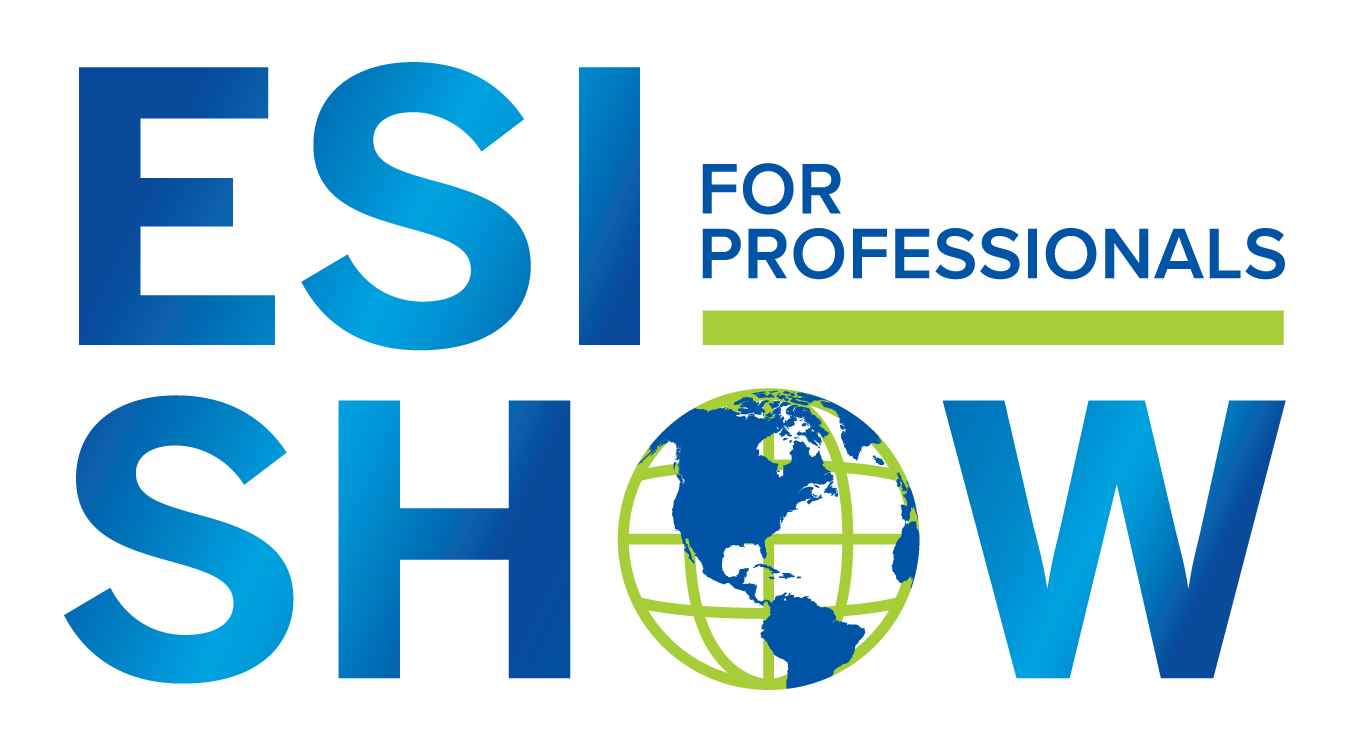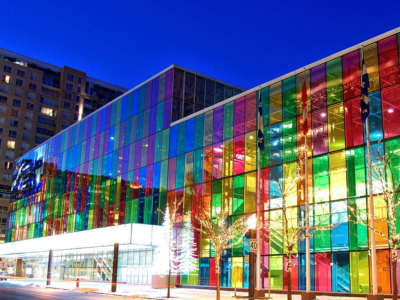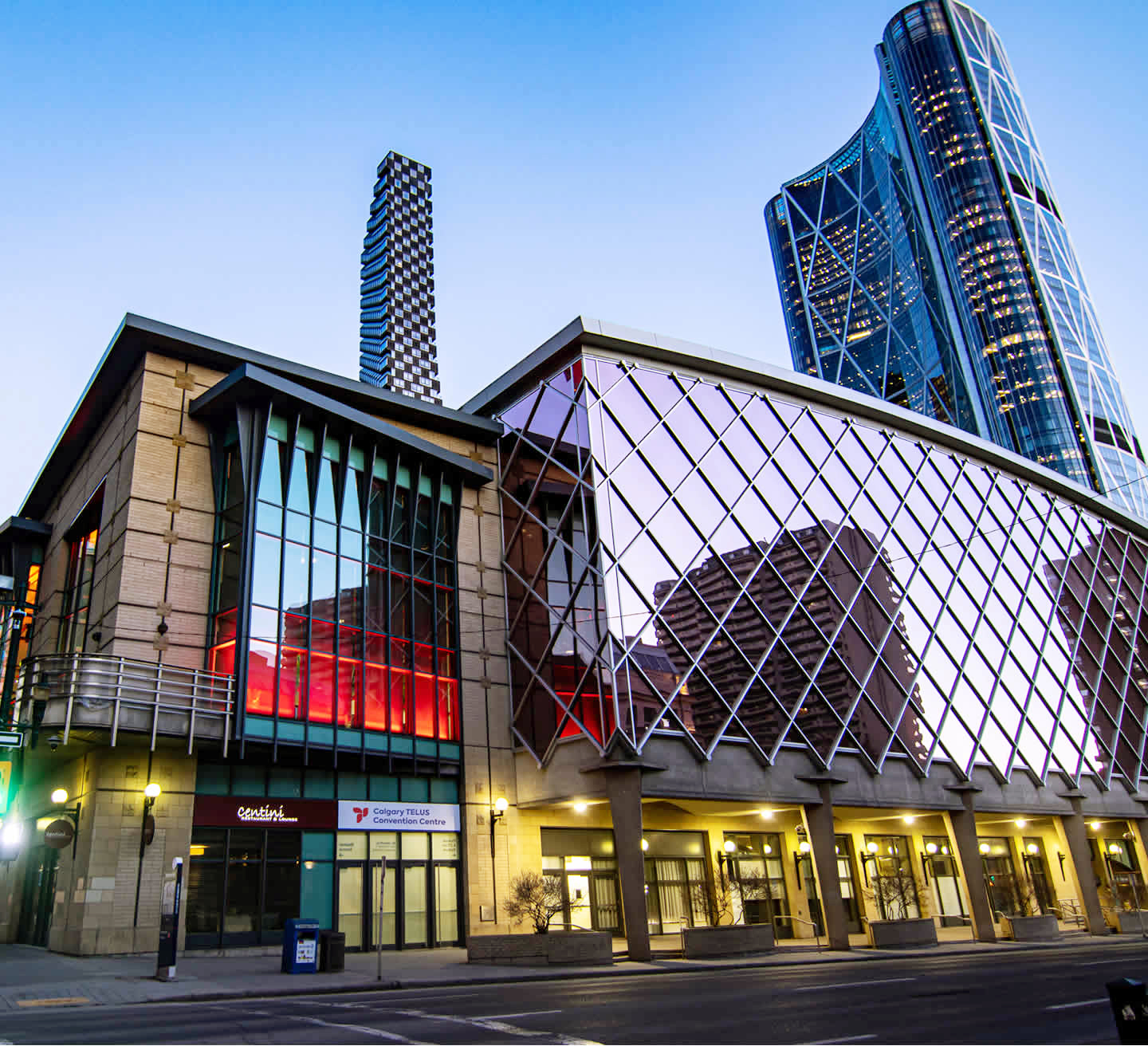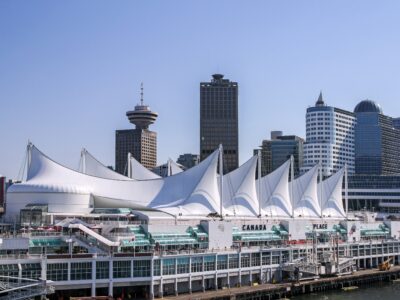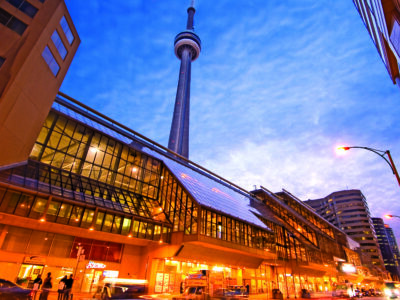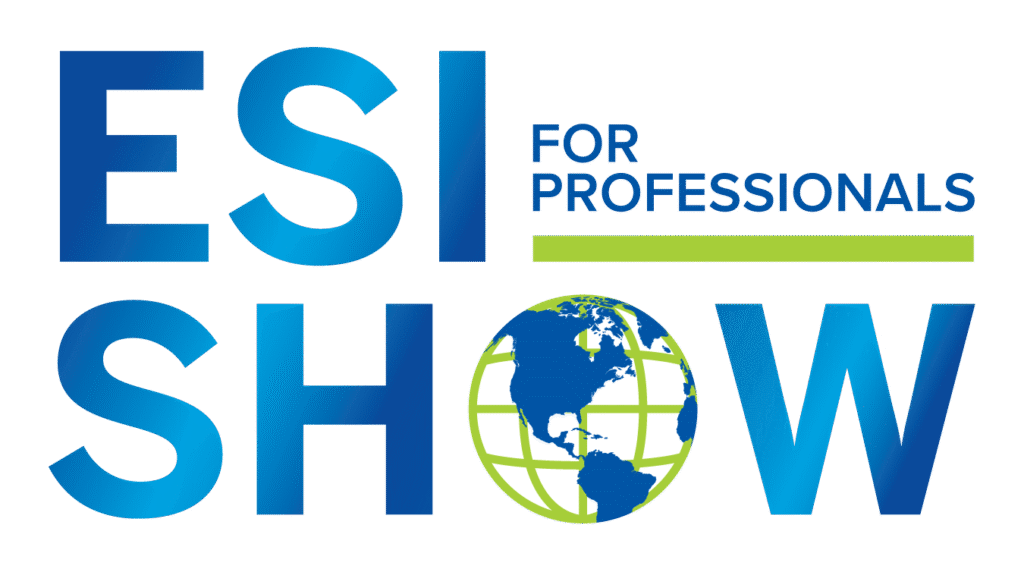LED light therapy optimizes hair regeneration by stimulating and enhancing biochemical activities within the scalp and hair follicles, leading to improved hair growth.
BY DENISE RYAN, vice president of brand management, BioPhotas.

With its technological advancements over the last few years, low-level light therapy (LLLT) delivered by light-emitting diodes (LED) has become an affordable and effective treatment option for skincare professionals looking for low-touch, non-invasive, and non-toxic solutions for a variety of skin
conditions.
In addition to rejuvenating the skin and treating general pain conditions, LED light therapy is now emerging as an effective treatment for those suffering from hair loss.
Male-pattern baldness, also known as androgenetic alopecia (AGA), accounts for 95 percent of hair loss in men. Research shows that by age 35, more than two thirds of American men suffer from hair loss, and by age 50, 85 percent of men deal with thinning hair. AGA is a common hair loss
condition that is characterized by the miniaturization of hair follicles in the frontal and parietal regions of the scalp.
Hair loss is not a strictly male health concern. Women make up a significant percentage of those suffering from hair loss. According to the American Academy of Dermatology, 40 percent of women have visible hair loss by the time they are age 40. Hair loss in both women and men can have an emotional toll impacting their self-image and potentially their mental and emotional wellbeing.
The market for real hair restoration solutions is booming. The global hair restoration market was valued at more than $4 million in 2020 and is expected to grow by 15.4 percent over the next few years. LED light therapy complements currently existing treatments and procedures
(prescription drugs, PRP, stem cells, transplant surgery) to enhance an individual’s outcome for maximizing hair growth.
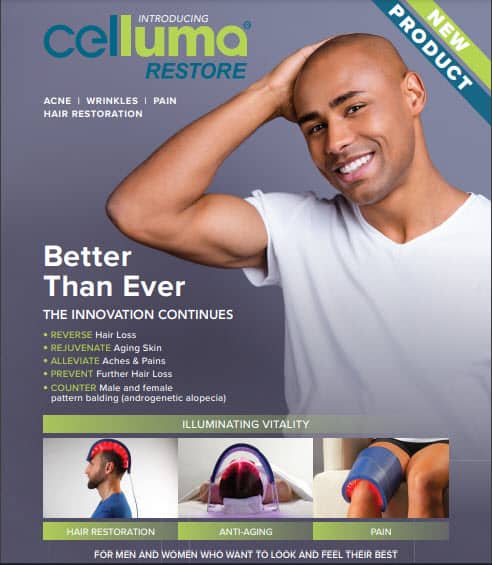
Science Supports Using LED Light Therapy
Low-level light therapy is a proven, effective, and safe treatment for hair loss, aging skin, and a variety of pain conditions. It is also noninvasive, non-toxic, and painless. It enhances hair growth by targeting and boosting the biochemical processes in the scalp and hair follicles. It is thought that through photo biomodulation, red light energy emitted by low-level light therapy devices may encourage hair growth by accelerating keratinocyte and fibroblast mitosis, inhibiting nitric oxide, and reducing inflammation.
Red light LED devices have been cleared by the FDA for the treatment of male and female pattern hair loss. It helps to proliferate hair follicle size and prevent catagen hair development (the end of the active growth of a hair). Substantial research has supported light therapy’s ability to regrow hair lost due to androgenetic alopecia with minimal degrees of side effects and adverse events.
Elevate Your Business
Grow your spa menu by offering LED light therapy for hair restoration. Adding this to your menu of services can help bring in new clients and adds an additional source of income, as you may now offer in-practice hair treatments. Or you can choose to rent or retail devices to your clients so they can continue treatments at home.
Light energy hair devices can be an effective standalone therapy or adjunctive therapy to medication and topical prescriptions for optimal
hair regrowth. Dermatologists and medical practitioners specializing in hair restoration can ensure proper diagnosis and treatment ecommendations. Individuals should consult with their physician for a correct diagnosis and to determine if light therapy is suitable for their category of hair loss.
Author’s Bio
Denise Ryan has more than 30 years of sales, marketing, and product management experience in dental and medical device manufacturing. Ryan’s secret weapon is her unique ability to uncover what’s truly special about a product or service and then passionately enroll others in that belief. Ryan has been with BioPhotas since January 2012 as Celluma product manager, director of sales, and currently serves as the global vice president of brand management. Ryan writes and speaks internationally on the science and benefits of low-level light therapy.

